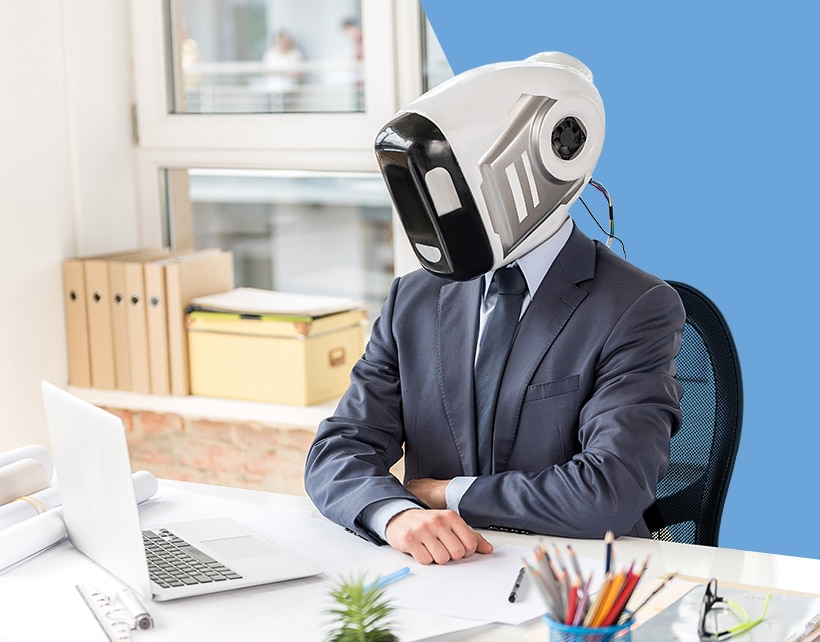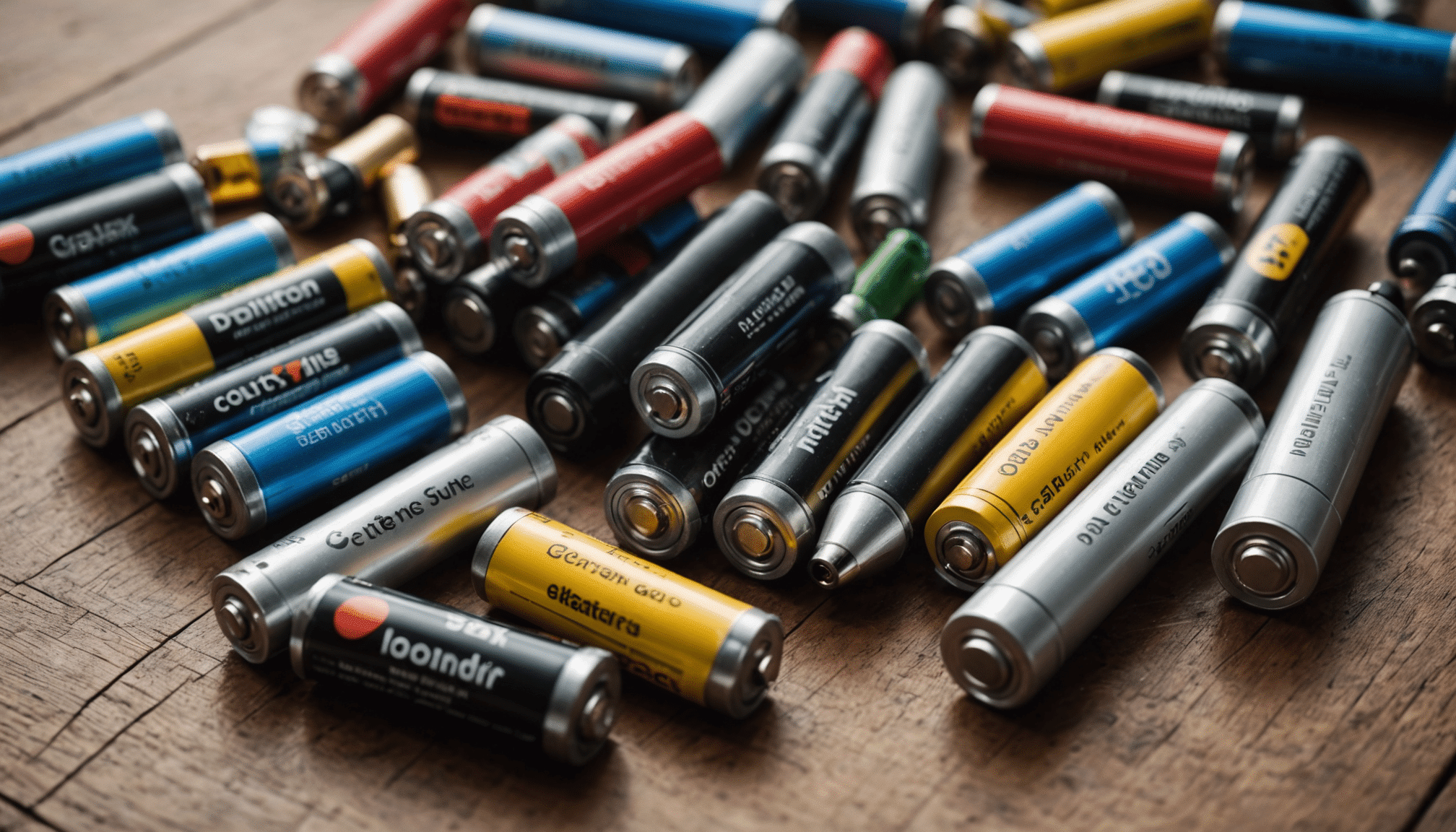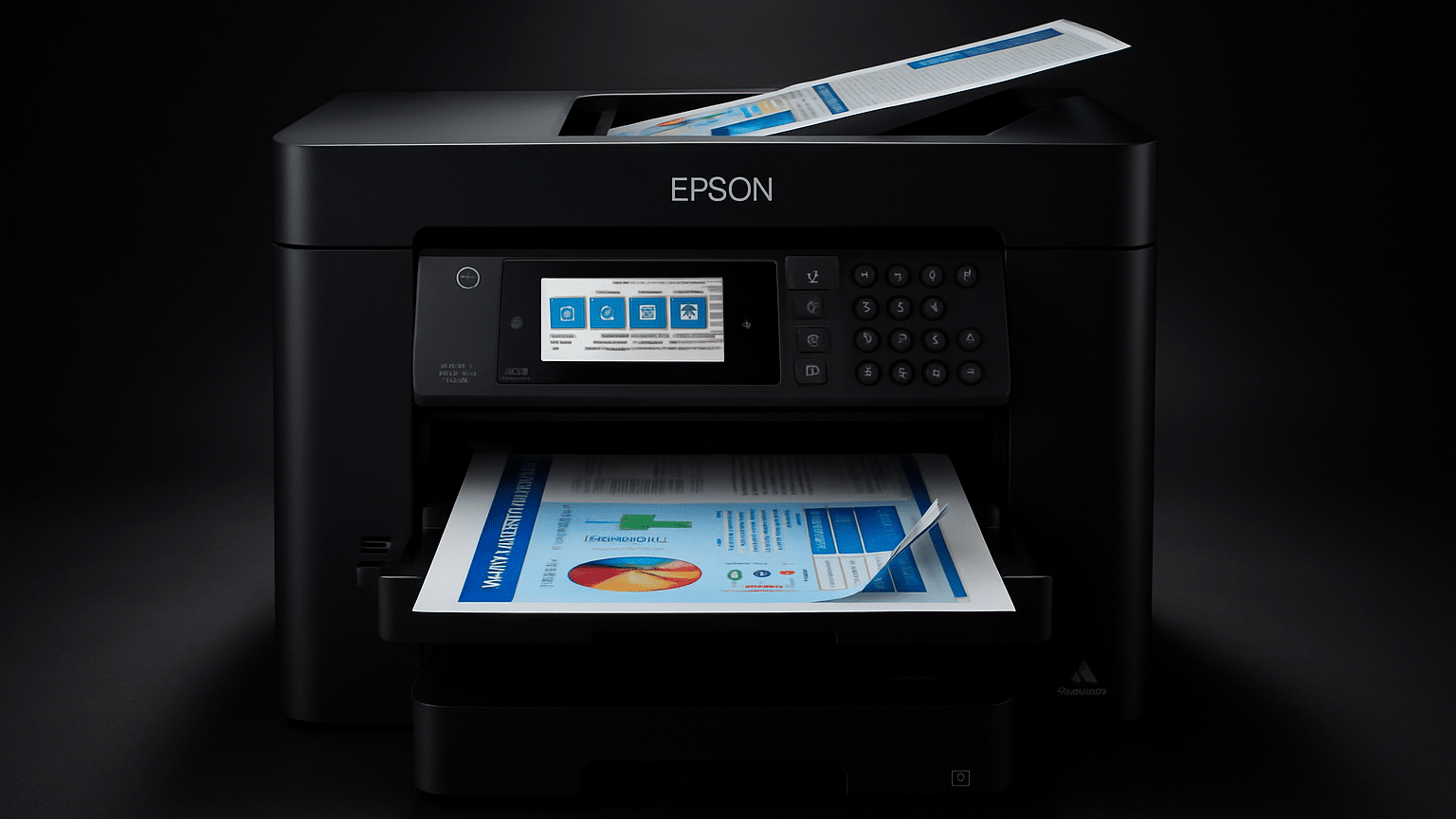
Guide to using Artificial Intelligence in the workplace
The latest buzzwords – Artificial Intelligence- have us buzzing too! This science of creating machines with human-like capabilities is a wondrous thing. How, and should we even, bring this seemingly complicated arena into our own workplace? We are here to help you with an introduction into the world of artificial intelligence, and how you can confidently use AI for work.
Some ways to use AI in the workplace
Businesses are increasingly turning to AI analytics and tools to enhance productivity, reduce errors, and optimise costs. This mindset shift also makes sense, as there are many business uses of artificial intelligence.
For instance, wasting time writing Excel codes is a thing of the past. People often don’t use a lot of Excel’s features simply because they don’t know how to. This is a potential situation where AI comes in handy. If you’re tired of googling formulas for Excel and want to save time on debugging where you went wrong, there are now many helpful AI tools which you can use to create these codes simply and efficiently. Not just that, you can also ask AI bots to write scripts to tidy up your data. Other benefits of using AI in Excel include automating repetitive tasks, reducing errors, optimising data insights, and improving data visualisations.
AI is also becoming a go-to tool during brainstorms. These applications can easily summarise meetings into chunks of comprehensible data that colleagues can refer back to whenever they need. They can also be used to generate bits of texts or prompts to spark ideas during ideation sessions.
Potential pitfalls of using AI at work
Keeping business data and internal communications secure is of paramount importance in any organisation. This is a pitfall that many warn against in using AI in more secure settings. There needs to be a certain set of best practices that employees adhere to while using AI applications. Over the coming years, as the tools advance further, IT and legal teams in organisations will play a major role in setting down these guidelines to safely use AI at work.
There is also the matter of the veracity of certain AI tools, and how much we can actually depend on them. Due to programming drawbacks and beta versions, it is often impossible to get recent pertinent data about a topic. This should thus be taken with a pinch of salt, and data should be fact-checked where possible to avoid dealing with misleading information.
Another potential drawback of using AI pointed out by many is a lack of creativity. It can become easy to rely on these technologies to automate many tasks- including creating. While a legitimate fear, it may be argued that it takes a creative mind to come up with the prompts that the program uses to generate the output. There are pros and cons to every new concept introduced in the world. And in case you have some pent up creativity, feel free to explore our hobbies and leisure shop!
How to make the most of working with AI
Artificial Intelligence has slowly but surely wriggled its way into our personal and professional lives. Just ask Siri, Alexa, or ChatGPT for their opinions if you have any doubts! This also prompts people to have what is perhaps the biggest concern- the fear of being replaced by AI programs. While some roles may indeed inevitably be made redundant, there is no doubt that AI is the future. It will remove some jobs, but also create far more new ones. It is estimated that by 2030, around 890 million jobs will be created by AI. After all, humans will always be needed to oversee the processes and ensure everything is working smoothly. AI will exist to automate menial and repetitive tasks, freeing us up to do more complex and creative ones.
The future of working as we know it will be changed forever with these advanced technologies. Workplaces in the future will be more efficient, productive, and hopefully also more human. AI is increasingly being designed to complement, not replace, human workers. Upskilling and learning new programs is, of course, essential for people to play their part in this dynamic. Humans and AI will thus work together by augmenting creativity and removing mundane tasks. Are you looking forward to this collaboration?
Admin Notice: No Viking Direct products found in this post.
Admin Notice: No Viking Direct products found in this post.






